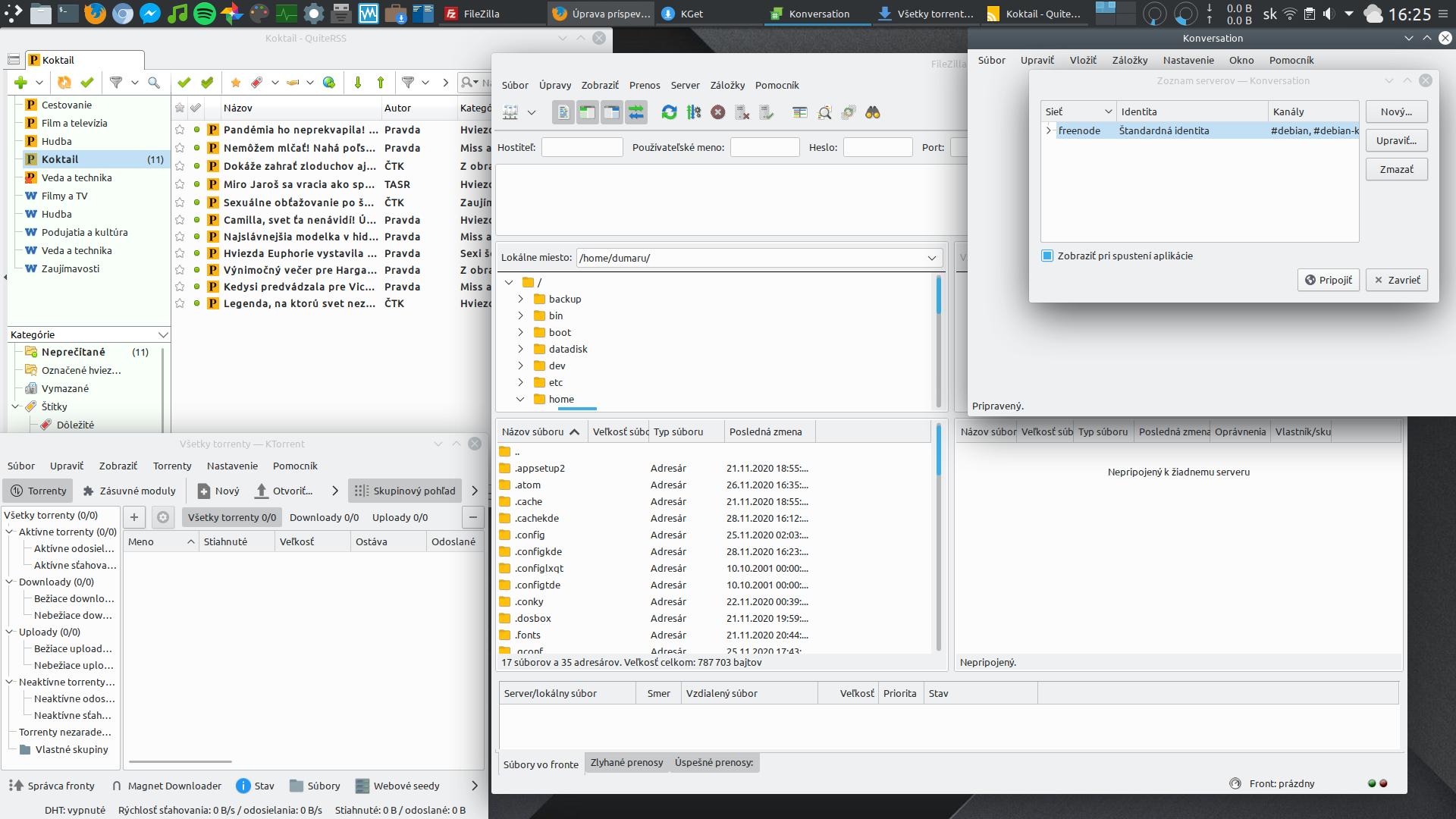
Luckily, once I understood the ‘base curve’ module, I realized that it was fairly powerful and would get me most of the way to a fully processed image. With at least six different contrast controls, how do you decide which to use? These are only the few modules that are enabled! For instance ‘basic adjustments’, ‘color balance’, and ‘contrast brightness saturation’ all have contrast settings, as well as there being ‘local contrast’, ‘color contrast’, and ‘contrast equalizer’ modules. Not only does almost every different kind of adjustment have its own module, there are many adjustments that belong to multiple modules. This led to the next thing that made Darktable so intimidating, the number of modules. It’s instead recommended to use the ‘base curve’ module along with a few other general modules. Darktable has a very specific pipeline for taking RAW file data and producing a final image, but the options in ‘basic adjustments’ go against that order. My first mistake, apparently, was trying to use the ‘basic adjustments’ module. So my RAW files sat unprocessed for months, until I dove back in for round two of learning how to use Darktable. All my images came out much darker than the camera JPGs, and no amount of fiddling with Darktable’s ‘basic adjustments’ would fix them. I decided to try Darktable, one of the most popular FOSS RAW processors. Before Lightroom I used digiKam, but the RAW processing options were very limited and it was more suited for photo management. Unfortunately Lightroom does not cooperate with Linux, so when I switched my computer’s operating system I needed something new.

The automatic adjustments usually got me most of the way to matching the camera’s JPG output, and from there I could use the sliders for highlights, whites, blacks, and shadows to fine tune the image for the look I wanted. Lightroom has been my go-to RAW processing software for many years.


 0 kommentar(er)
0 kommentar(er)
